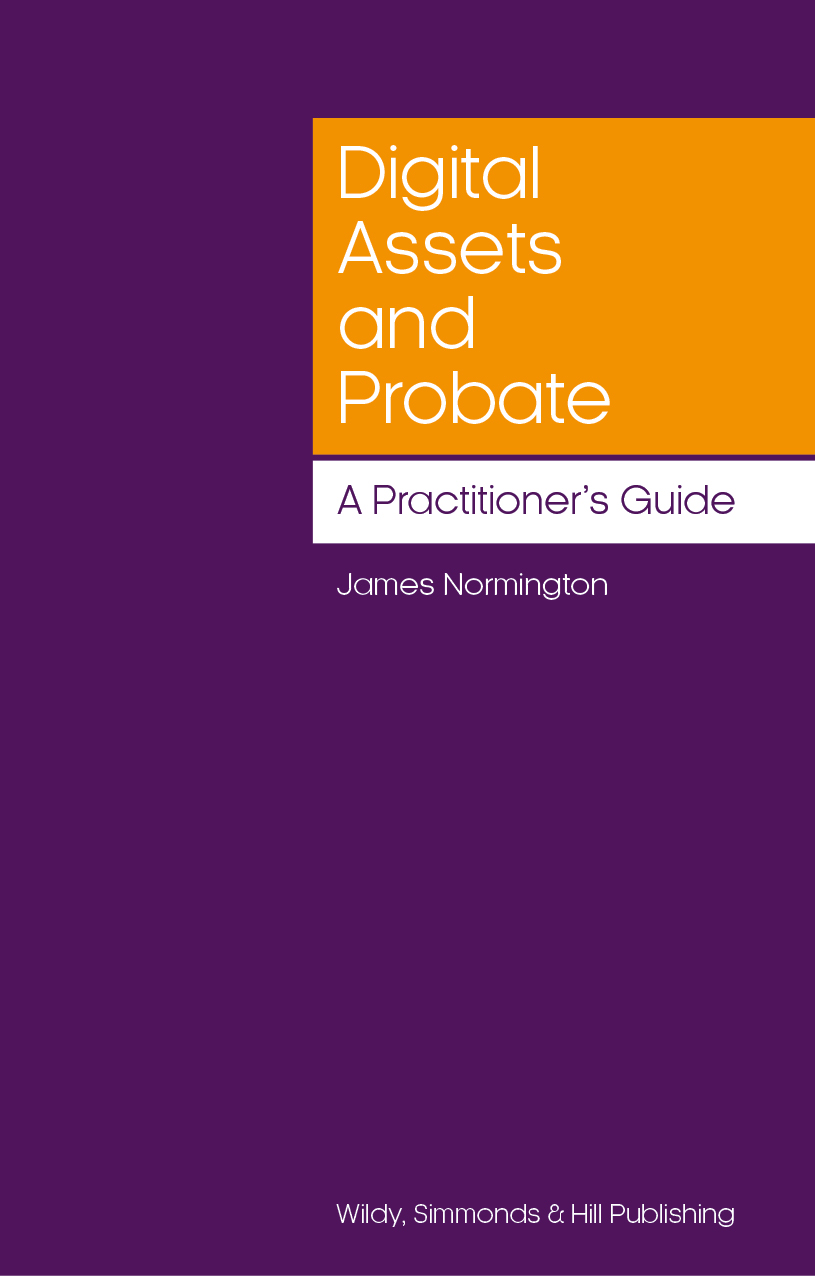
'…very much a practical book, guiding the practitioner on what issues to consider and offering pragmatic solutions A valuable addition to any will-writer’s and probate practitioner’s library ...'. From review in Law Society Gazette
Digital Assets and Probate: A Practitioner’s Guide is an ideal companion for the busy probate practitioner who needs a better understanding of digital assets when advising clients, drafting wills, or administering estates. Written in an accessible style, it is a useful reference for both new and experienced probate practitioners, dealing with issues such as:
- What is a digital asset?
- Who deals with digital assets in probate situations?
- How does inheritance tax apply to digital assets?
- What happens if you ignore the digital aspects of a client’s estate?
- What steps should be taken to secure digital assets post-death?
- What should clients be asked about their digital assets and behaviours, and what should not be asked?
The author looks at a range of subjects in the context of probate, from social media and the taxation of crypto-currencies to digital executorship and securing digital devices. The mitigation of risks to solicitors and legal representatives is also considered.
This book also provides the practitioner with draft clauses, precedents and a sample digital assets questionnaire for clients. It contains a useful glossary of relevant terms which are commonly encountered in practice.